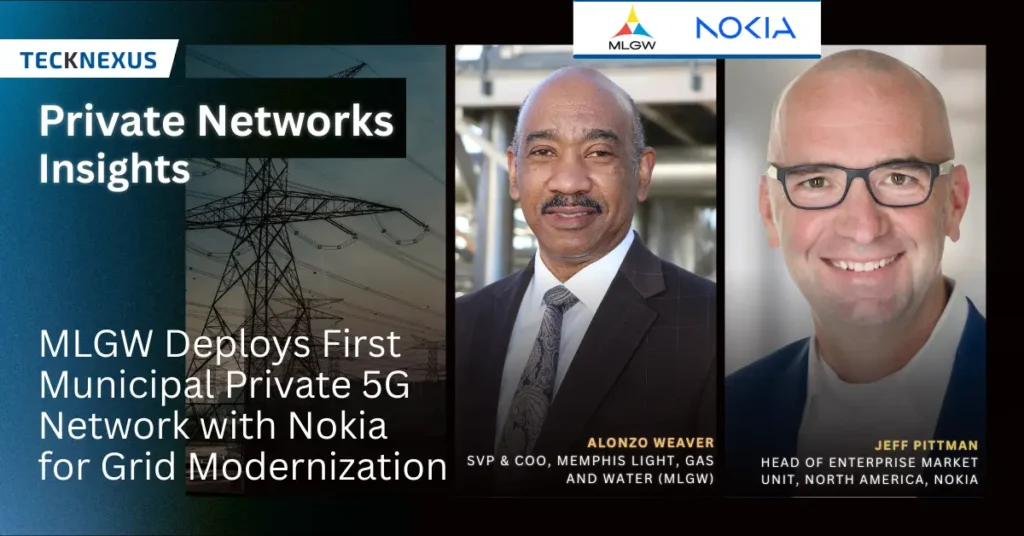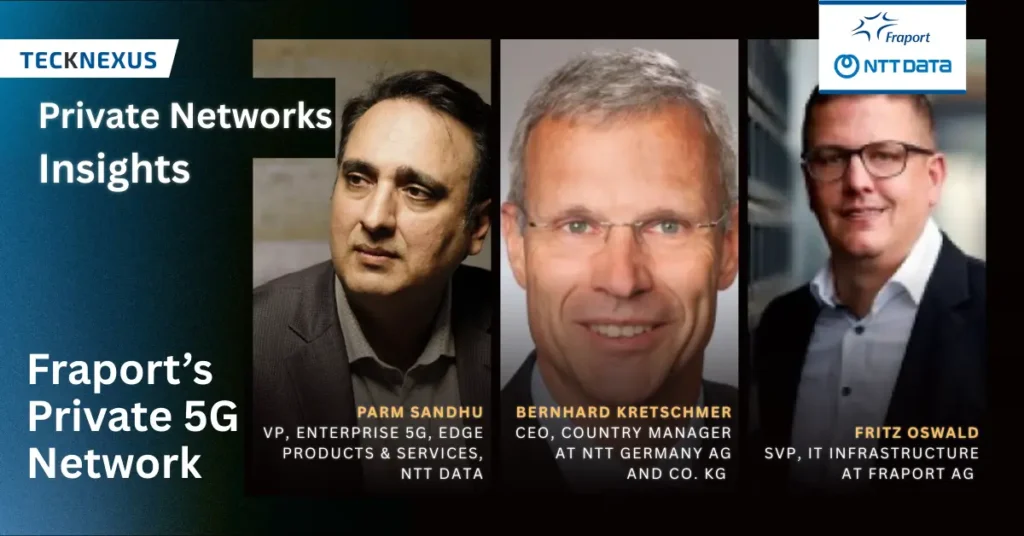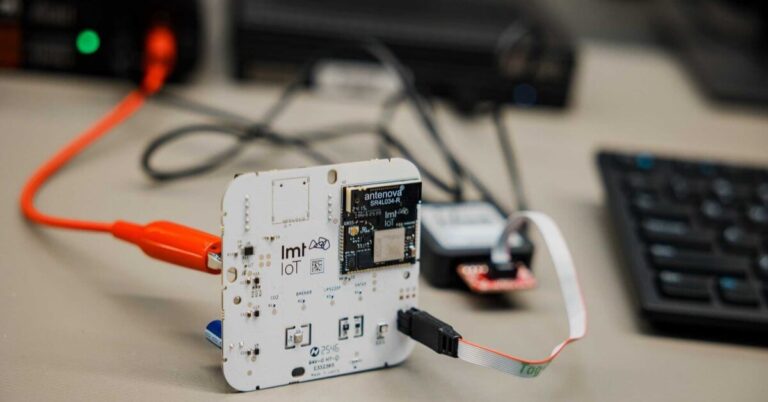When you look at the AI ecosystem, it includes many interconnected components:
-
The AI applications themselves,
-
The models and large language models (LLMs) powering those applications, and
-
The large datasets they depend on.
It’s crucial that organizations address security risks across all of these layers, because each component introduces different potential vulnerabilities. Attempting to rely on legacy security solutions is unlikely to produce the level of protection or visibility modern AI systems require. For example, simply running a malware scan on an AI model is not an effective way to understand that model’s actual security risk.
At Palo Alto Networks, we provide a range of capabilities across these different areas to secure AI models, data flows, and applications. Let me give a few examples.
-
Model Security and Risk Assessment:
We currently scan millions of AI models every day, analyzing them against more than 25 different threat characteristics across over 20 model types. This allows us to deliver deep insight into the specific risks associated with each model. -
Data Flow Protection:
AI models constantly receive and transmit data, which creates additional attack surfaces. Two key risks are prompt injection and model poisoning.
We inspect both the incoming and outgoing data for these threats to prevent data leakage or malicious manipulation. For instance, a user might unknowingly share confidential company information with a model, or a model might retrieve and return content from a compromised source. Both scenarios must be detected and mitigated in real time. -
Comprehensive Runtime Protection:
Beyond AI-specific safeguards, we leverage our Next-Generation Firewall (NGFW) and other security platforms to secure AI workloads running at the edge or within private networks. This ensures that organizations can confidently deploy and scale AI applications from day one with strong, built-in protection against evolving threats.
In short, Palo Alto Networks’ AI Runtime Security provides visibility and control across models, data, and applications, ensuring that every element of the AI ecosystem—especially in private 5G and edge environments—remains secure, compliant, and resilient against new forms of attack.















































